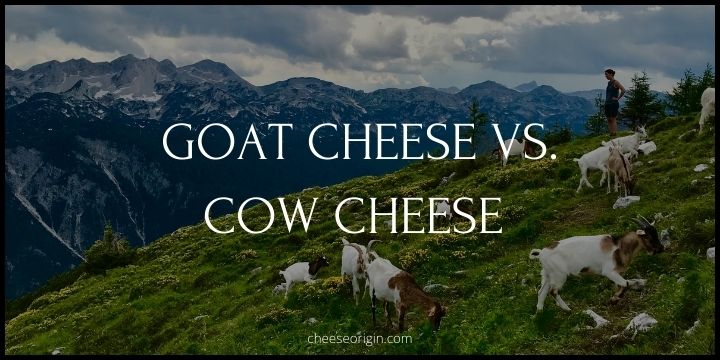Why Do Some Cheeses Have Holes?

During affinage (the phase of maturing/aging cheeses), cheeses such as Emmental (Swiss cheese) are matured at higher temperatures to create holes in the interior.
Holes in cheeses are commonly known as eyes.
Maturing a cheese requires some form of heat and the heat favors the growth of certain bacteria such as P. shermanii (in full: Propionibacterium freudenrichii subspecies shermanii).
The development of these bacteria results in the release of carbon dioxide (CO2) in the form of bubbles, which ultimately form the holes in cheeses.
Cheeses with holes usually have an incredibly thick rind that prevents carbon dioxide from escaping.
Theoretically speaking the bubbles cannot escape through the rind, therefore, the CO2 bubbles can only multiply and grow within the cheese hence why cheese has eyes.
The Holes or Eyes in Cheese Can Be Controlled

The affineur is able to control the size and quantity of the holes or eyes.
What is an affineur?
An affineur is a person who takes care of the cheese, taking it to its optimal maturity or ripened stage.
When the affineur feels there are enough holes in the cheese, the temperature is lowered and the bacteria ‘go to sleep’ ceasing their CO2 production.
Is Cheese with Holes Better?
One reason some people might find cheese with holes better is because the holes can influence the texture, and hence the taste, of the cheese. The presence of holes can make the cheese feel less dense and more creamy or buttery in the mouth.
Moreover, the size of the holes can impact the flavor of the cheese. Larger holes often indicate longer fermentation periods, which can lead to a more pronounced flavor. Therefore, if you enjoy strong, complex flavors in cheese, you might prefer Swiss cheese with larger holes.
However, it’s important to note that not all types of cheese have holes, and many delicious cheeses are ‘blind,’ meaning they don’t have any visible holes.
Ultimately, the ‘best’ cheese is subjective and depends on your individual taste preferences.
What Cheeses Have Holes in Them?
| Cheese Name | Origin | Taste | Appearance |
|---|---|---|---|
| Emmental | Switzerland | Mild, slightly nutty and fruity | Large, regular holes |
| Gruyère | Switzerland | Sweet but slightly salty, with a flavor that varies widely with age | Small to no holes |
| Jarlsberg | Norway | Sweet, nutty flavor | Large, irregular holes |
| Leerdammer | Netherlands | Sweet, somewhat nutty | Large, regular holes |
| Maasdam | Netherlands | Nutty, sweet, and mild | Large, irregular holes |
- Emmental: Also known as Swiss cheese, Emmental is known for its large, regular holes. It has a mild, slightly nutty, and fruity taste.
- Gruyère: Gruyère is a hard cheese that’s sweet but slightly salty, with a flavor that varies widely with age. It has a few small holes or may even have none.
- Jarlsberg: This Norwegian cheese is semi-soft and has a mild, sweet, and nutty flavor. It is characterized by its large, irregular holes.
- Leerdammer: Originating in the Netherlands, Leerdammer is a semi-hard cheese with a sweet, somewhat nutty taste. It has large, regular holes.
- Maasdam: This is another Dutch cheese, similar to Emmental, known for its large, irregular holes. Its taste is nutty, sweet, and mild.
Why do Cheese’s ‘Eyes’ Cry?
During affinage, as the cheese matures, the salt added during manufacture forms back into crystals.
These salt crystals begin to draw out any remaining water, producing ‘watery eyes’ in the holes, a state that tells the cheese lover they are in the presence of cheese at its finest quality.
Articles You Might Be Interested:





